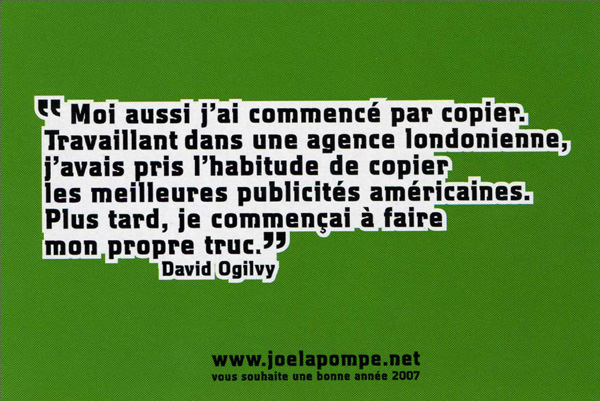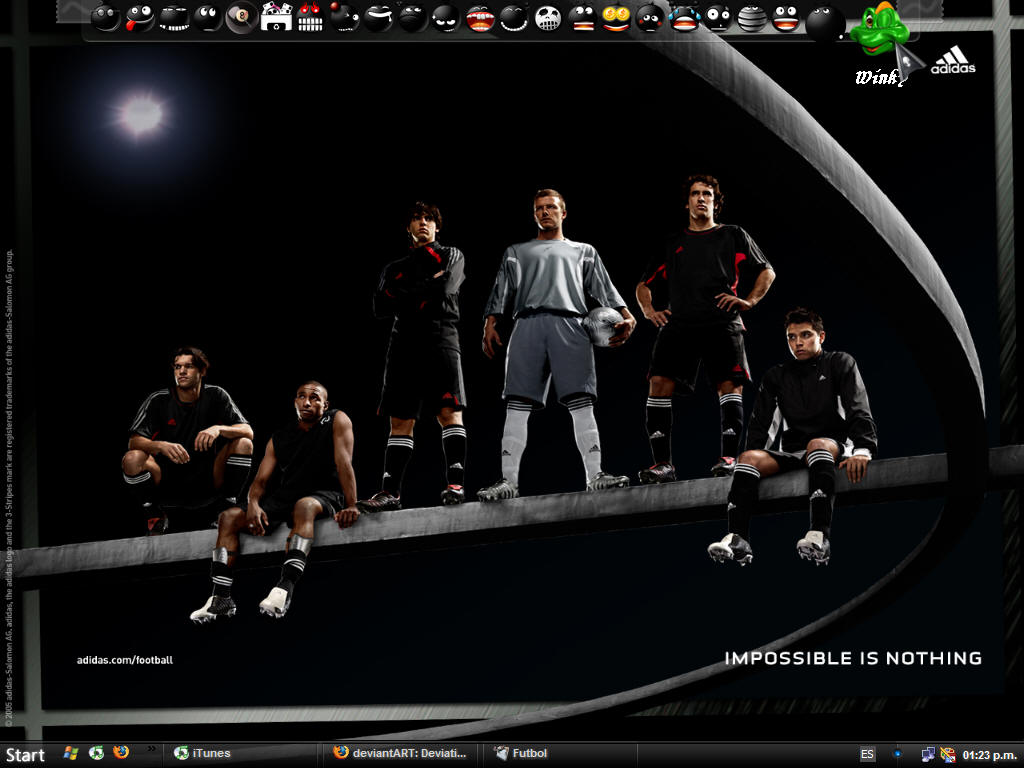By Tom Peters
The above is the Gospel of No Gospel as pronounced by economist William Easterly in his masterly book,
The White Man's Burden: Why the West's Efforts to Aid the Rest Have Done So Much Ill and So Little Good. As I prepared for my recent Kenya trip and seminar, I "read in" as usual. One eye-popping article was an Easterly piece, "The Ideology of Development," in Foreign Policy magazine (July/August 2007). Easterly argues that "Development" is at least as dangerous an ideology as communism and fascism, which is quite an assertion. "Development," he writes, "promises a comprehensive final answer to all of society's problems, from poverty and illiteracy to violence and despotic rulers. It shares the common ideological characteristic of suggesting there is only one correct answer, and it tolerates little dissent." Easterly blasts, among others, the likes of Jeffrey Sachs and, indirectly, Bono.
The deal is this—and I am drawn to it because it mirrors exactly my own half-century journey and rant: Namely "planners," especially "master planners," more or less believe that the plan is the thing—and that the messy process of implementation on the ground will take care of itself if The Plan is "right." (Reminiscent of Iraq, eh?) In The White Man's Burden, Easterly describes "planners" and "searchers." While planners treat the plan as holy writ, searchers live by rapid trial and error and learn through constant experimentation and adjustment. To wit:
"In foreign aid, Planners announce good intentions but don't motivate anyone to carry them out; Searchers find things that work and get some reward. Planners raise expectations but take no responsibility for meeting them; Searchers accept responsibility for their actions. Planners determine what to supply; Searchers find out what is in demand. Planners apply global blueprints; Searchers adapt to local conditions. Planners at the top lack knowledge of the bottom; Searchers find out what the reality is at the bottom. ... A Planner thinks he already knows the answers; he thinks of poverty as a technical engineering problem that his answers will solve. A Searcher admits he doesn't know the answers in advance; he believes that poverty is a complicated tangle of political, social, historical, institutional and technological factors; a Searcher hopes to find answers to individual problems only by trial and error experimentation. A Planner believes outsiders know enough to impose solutions; a Searcher believes only insiders have enough knowledge to find solutions, and that most solutions must be homegrown."
For me, Easterly's book is a genuine "page-turner." As I said, it confirms a half century plus set of biases. My "ideology"—my only ideology—is unabashedly rapid fire trial and error. (Bob Waterman and I labeled this "a bias for action," our first of Eight Basics that were the centerpiece of In Search of Excellence. Our conclusion was that business's #1 problem was, "Too much talk, too little do." As the pace of change has accelerated, the problem has only gotten worse.)
I lay my biases out as best I can in Part Two ("Innovate. Or die.") of my Master presentation—which I am linking once again to this Post. A small sample therefrom:
"Some people look for things that went wrong and try to fix them. I look for things that went right, and try to build off them."—Bob Stone, head of Al Gore's surprisingly successful program to "re-invent government," which consisted of mostly low visibility, high impact experiments that Stone et al. spread via what we now call "viral marketing."
"Somewhere in your organization, groups of people are already doing things differently and better. To create lasting change, find these areas of positive deviance and fan the flames." —Richard Pascale & Jerry Sternin, "Your Company's Secret Change Agents," Harvard Business Review
"We made mistakes, of course. Most of them were omissions we didn't think of when we initially wrote the software. We fixed them by doing it over and over, again and again. We do the same today. While our competitors are still sucking their thumbs trying to make the design perfect, we're already on prototype version #5. By the time our rivals are ready with wires and screws, we are on version #10. It gets back to planning versus acting: We act from day one; others plan how to plan—for months."—Bloomberg by Bloomberg, Mike Bloomberg's business saga
William Easterly, Mike Bloomberg, and I pretty much agree, to quote Easterly: "The Right Plan Is to Have No Plan."
I urge you to try the book—it is indeed important, especially if we wish to see all the newfound attention to Africa actually lead to real progress. Like Easterly, I think we are mostly on the wrong path.
(My other "bible" for "all this" is Henry Mintzberg's The Rise and Fall of Strategic Planning.)
(Speaking of Africa, and my recent trip there to, you'll see a blurry picture of a pissed-off leopard above—presumably you can figure out why it's blurry.)
Posted by Tom Peters







































